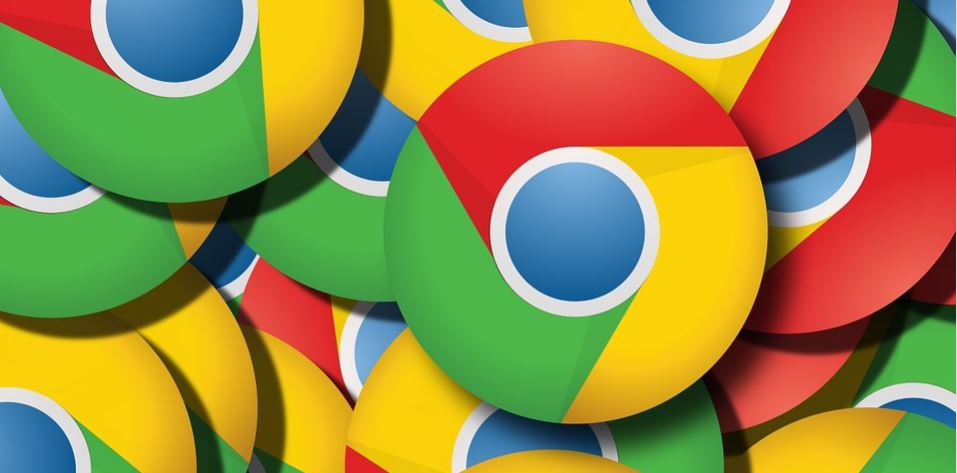Search engine giant Google is flexing its muscles once again as it releases an ad blocker that could have far bigger ramifications than just getting rid of pop-up ads.
Sridhar Ramaswamy, SVP for Ads and Commerce, announced the Google Chrome Ad Blocker on Thursday in a blog post. He mentioned that some people find pop-up ads annoying and intrusive, which leads them to block all ads, to the detriment of legitimate publishers or content creators out there who consider ads as their lifeblood.
The Independent: Google confirms controversial Google Chrome ad blocker plans https://t.co/UlmruDfBsl
Google blog https://t.co/CTfZtZHLlz pic.twitter.com/143k2e7zmt— Boaz Amidor (@AmidorBoaz) June 4, 2017
Google is an active member of Coalition for Better Ads, which recently issued a set of standards for the industry in order to improve ad content for consumers.
The new update provides two new major additions:
- First is the Ad Experience Report, which helps websites better understand the benchmarks set by the coalition. It also provides tips on how to get rid of the annoying ads.
- Second is the Funding Choices, which allows marketers to reach out to visitors using the ad blocker to enable their own ads.
Google’s ad chief Sridhar Ramaswamy says #GoogleAssistant will make money from #ecommerce in time via @Recode https://t.co/8K1wCfntXf
— MetaPack Group (@MetaPack) May 24, 2017
As for Chrome, Google will employ the ads standard by default. “We plan to have Chrome stop showing ads (including those owned or served by Google) on websites that are not compliant with the Better Ads Standards starting in early 2018,” Ramaswamy wrote.
The company is already dominating the online ad space, with 49% of the digital revenue. Facebook, meanwhile, cornered 40% of the market. The others are left to scour for scraps from the remaining 11%.
This new tool will only make Google more powerful, since it will wean itself from third-party software like AdBlock Plus by adopting a built-in filtering tool. Ultimately, this will translate to more revenue for the company.
Rich Sutton, chief revenue officer of Trusted Media Brands, said that the main purpose may be to help consumers control their ad consumption. This will pose an additional challenge for marketers to delve into the minds of consumers instead of relying on technological solutions.
With Google’s eyes always trained on what the coalition thinks is a bad ad, Sutton said marketers are hard-pressed to come up with fresh ideas that will engage consumers in a more organic way.
Tapad SVP for Product Preethy Vaidyanathan, meanwhile, said the ad blocker will give the power to dictate what ads consumers see back to Google. And because this tool will be installed by default, those who want to bypass the system will have to pay a premium.
